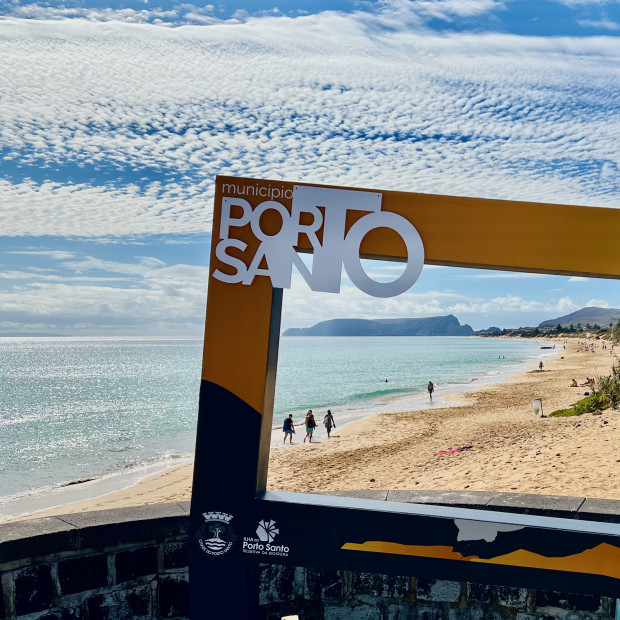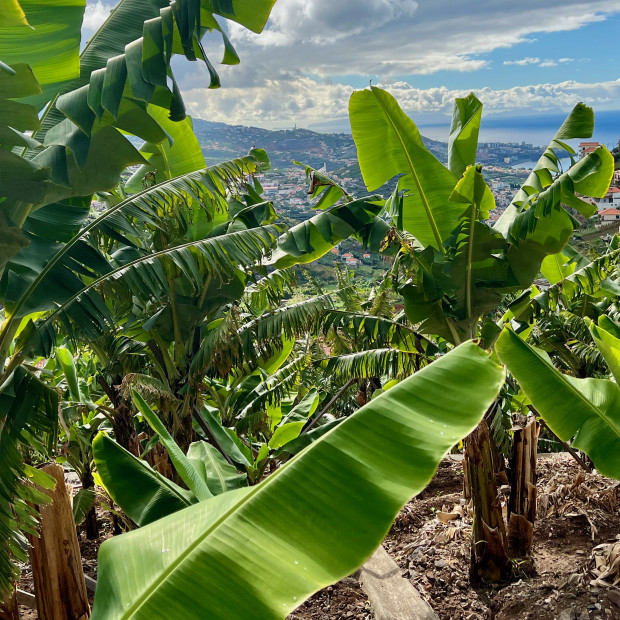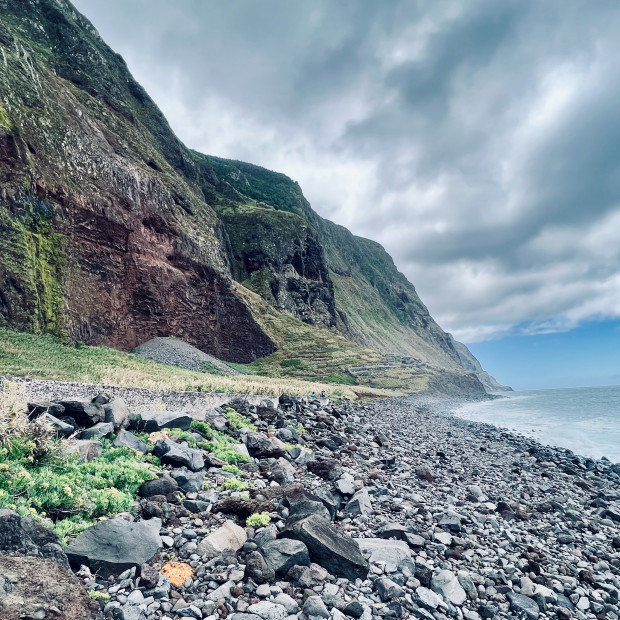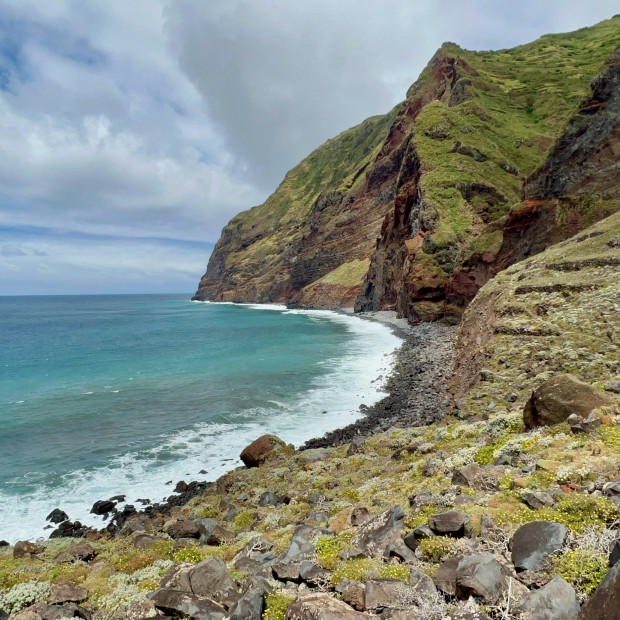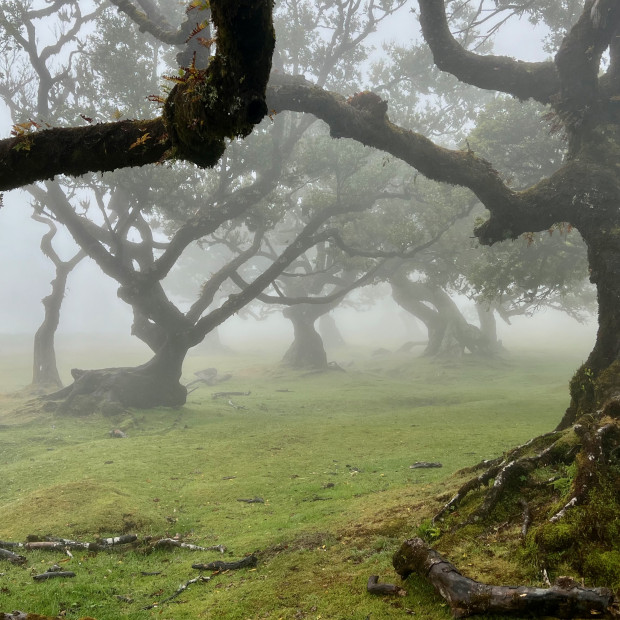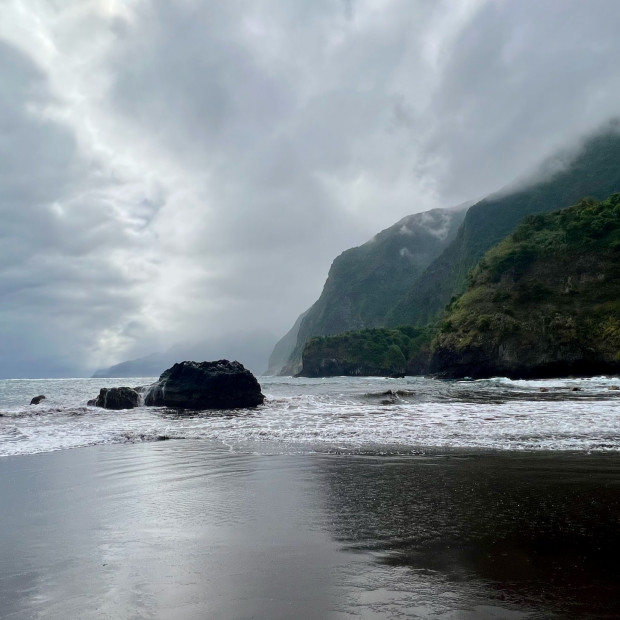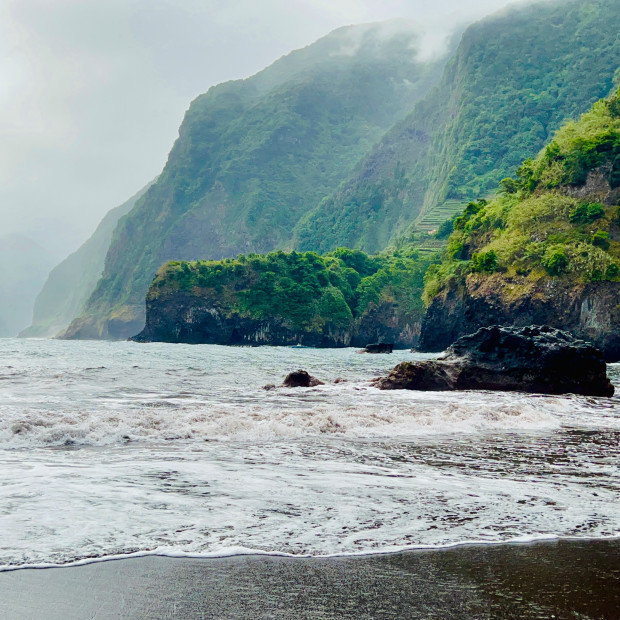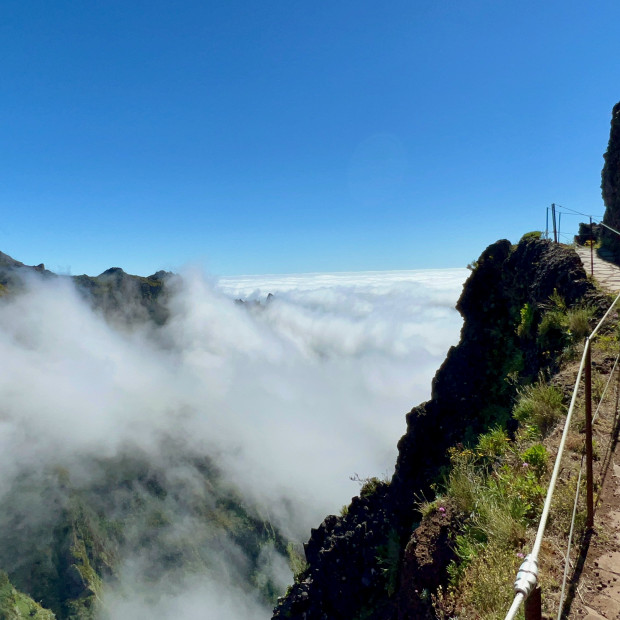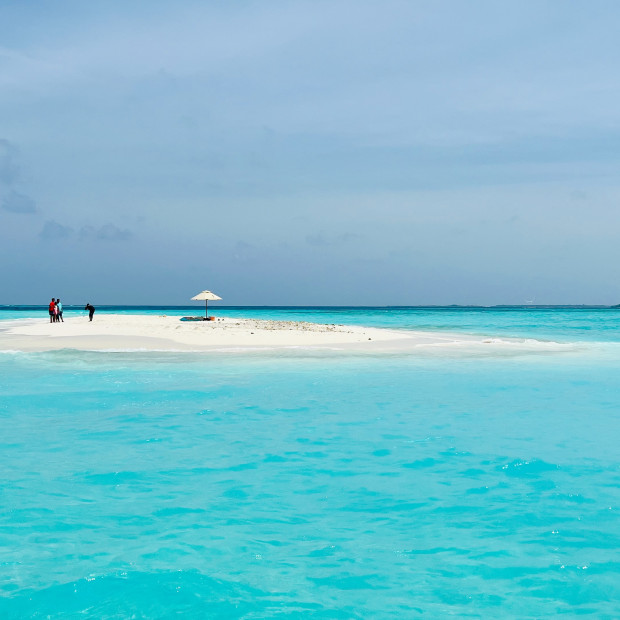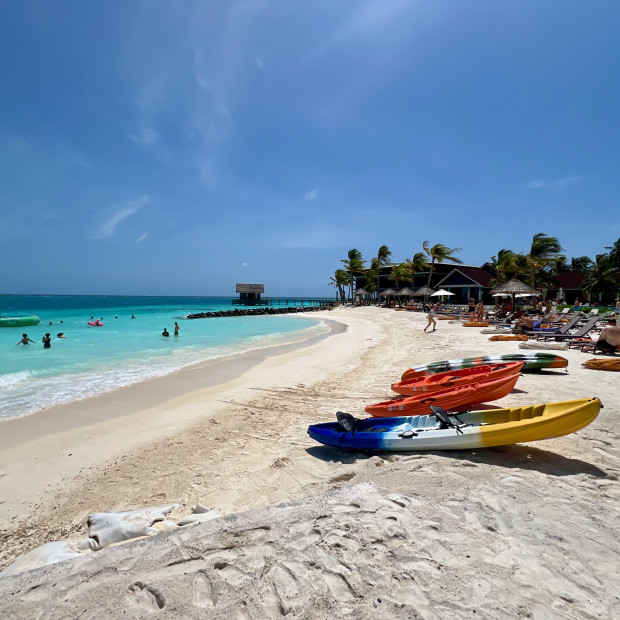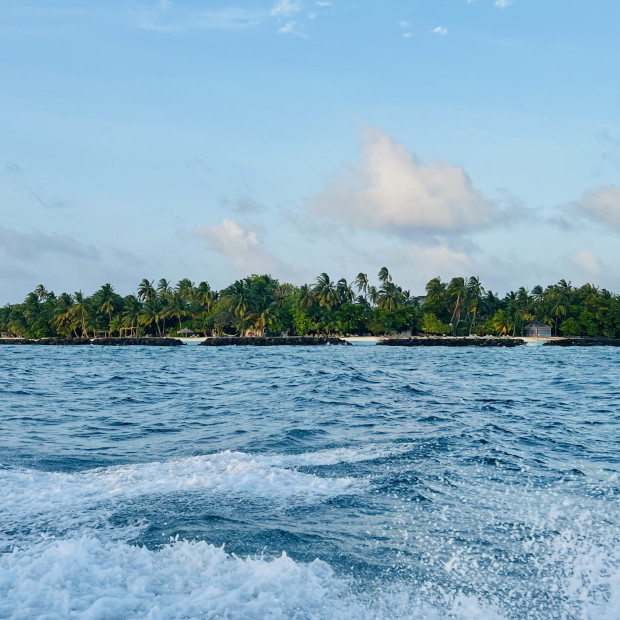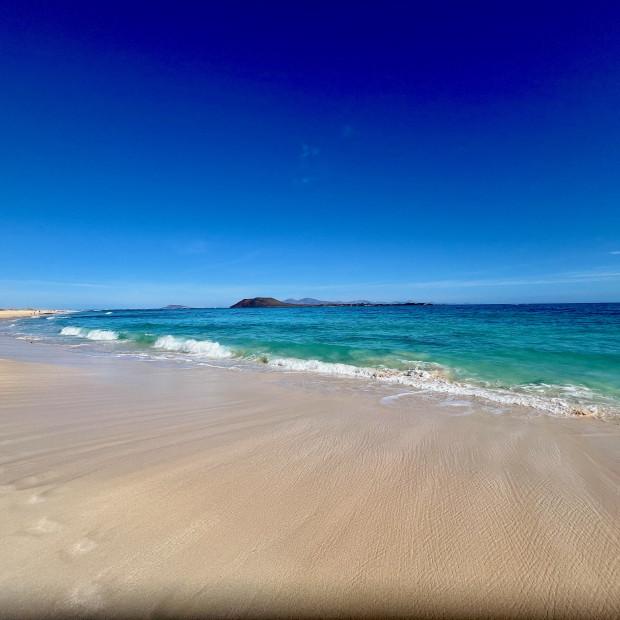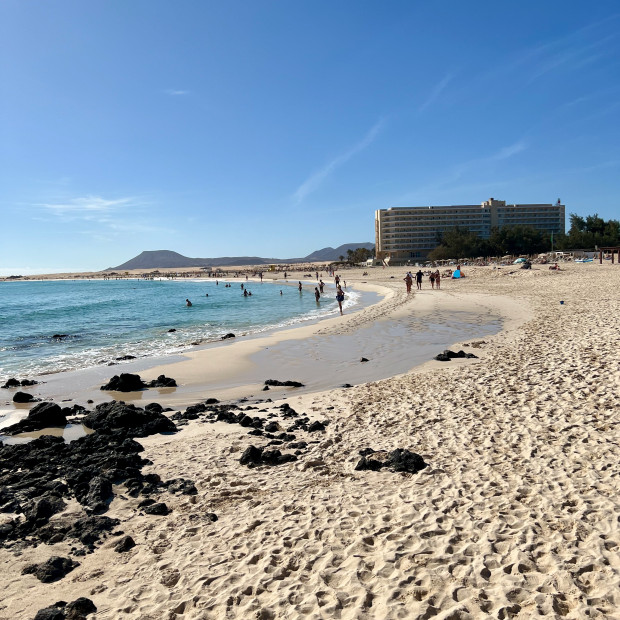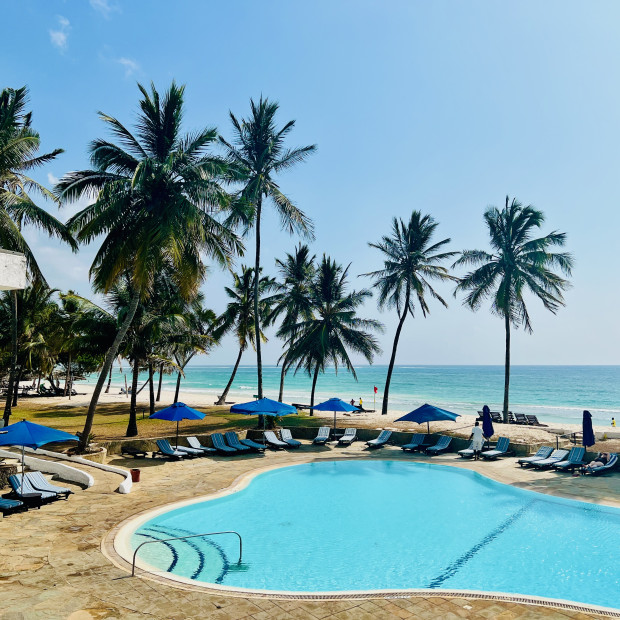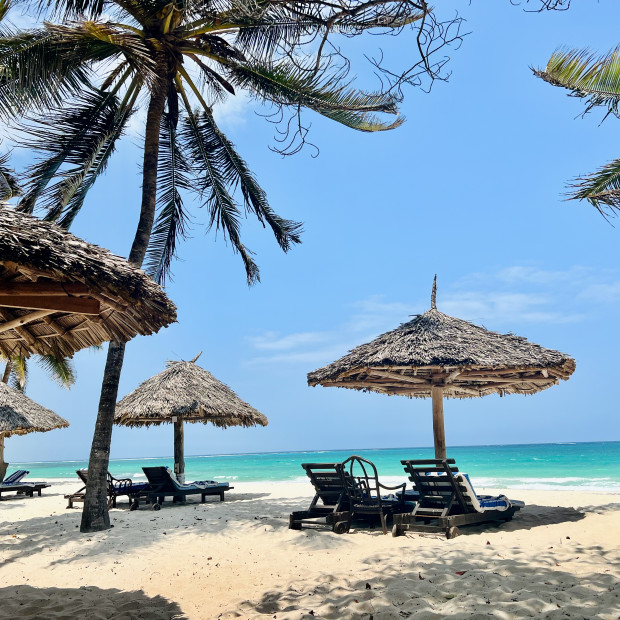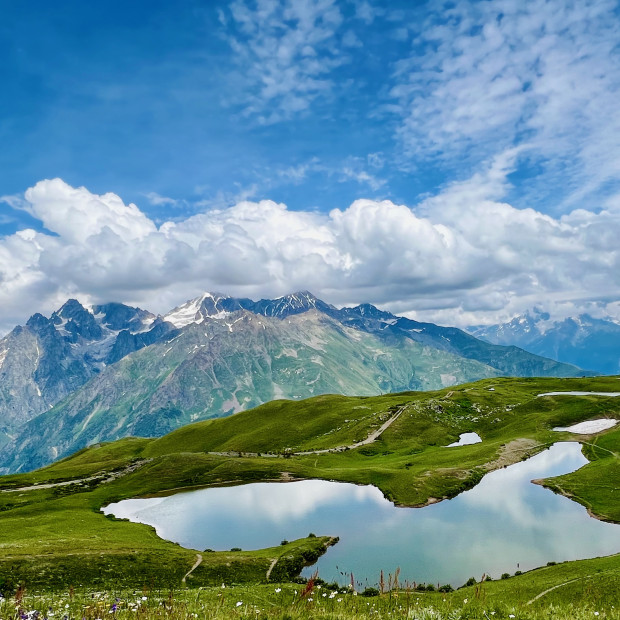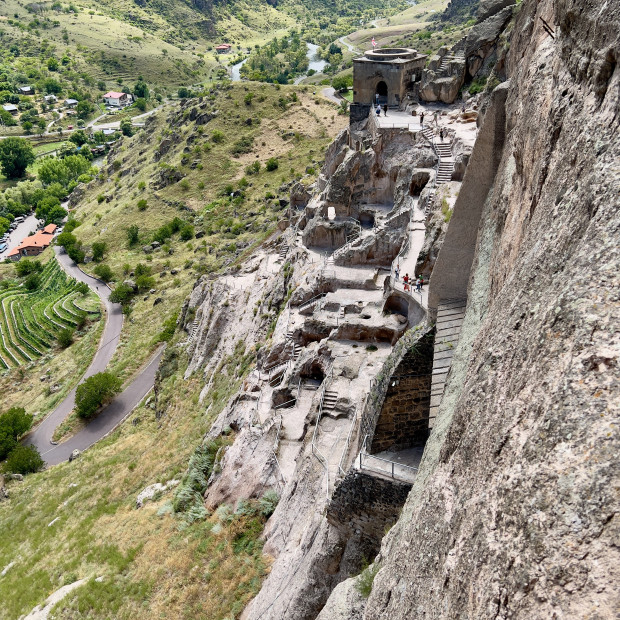About this place
Porto Santo: The Golden Island
Porto Santo, often referred to as "The Golden Island," is a small yet distinct gem in the Madeira Archipelago located in the Atlantic Ocean approximately 43 kilometers northeast of Madeira Island. Despite being part of the same archipelago as its more famous neighbor, Porto Santo offers a dramatically different landscape and tourist experience.
The island spans just 42.5 square kilometers with a permanent population of approximately 5,000 residents. Its most distinguishing feature is an uninterrupted 9-kilometer golden sand beach that stretches along the southern coast—a stark contrast to Madeira's primarily rocky shores. This beach is not only the island's main attraction but also a therapeutic destination, as its sands contain high levels of calcium and magnesium believed to have medicinal properties for bone and rheumatic conditions.
Porto Santo's geological formation began approximately 14 million years ago through volcanic activity, making it older than Madeira Island. The landscape features low, rounded hills with the highest point, Pico do Facho, reaching 517 meters. The northern coastline presents a dramatic contrast to the southern beach, with rugged cliffs and volcanic formations shaped by Atlantic winds and waves.
The island experiences a semi-arid climate with minimal rainfall compared to Madeira, receiving an average of just 380mm annually. This dry climate has created unique vegetation adapted to water scarcity, including endemic species found nowhere else. The island's relatively flat terrain and limited tree cover contribute to its distinctive golden-brown appearance when viewed from a distance.
Vila Baleira serves as the island's main settlement and administrative center. This small town features a central square, marina, and the Christopher Columbus House Museum—commemorating the explorer who married the daughter of Porto Santo's governor and lived on the island for a period during the 15th century.
Tourism development began in earnest during the 1960s but has proceeded at a measured pace compared to many Mediterranean destinations. The island hosts several resort hotels primarily concentrated near the main beach, with development guidelines preserving the low-rise character of the built environment.
Beyond beach activities, visitors can explore the island through hiking trails, golf (at the 18-hole Severiano Ballesteros-designed course), diving, and boat excursions. The waters surrounding Porto Santo form part of a marine protected area with diverse underwater ecosystems and several shipwreck sites popular with divers.
Accessibility has improved significantly in recent decades. The island is served by ferry connections to Madeira (a 2.5-hour journey) and direct flights from mainland Portugal and select European destinations to its international airport.
Porto Santo presents a complementary destination to Madeira, offering visitors a tranquil beach experience alongside the more dramatic mountainous landscapes of its larger neighbor. This dual-island tourism approach has been increasingly marketed by regional authorities as providing a complete Madeiran experience combining both beach relaxation and mountain adventure.

